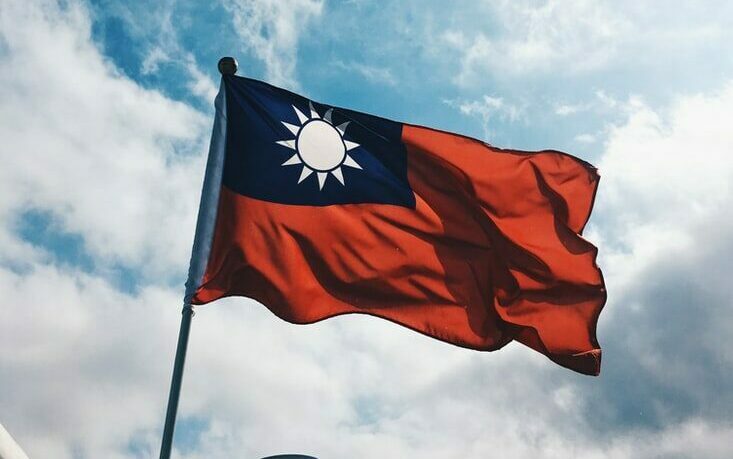China, Taiwan and the US: the real terms of the deal
October 9, 2021
The US and China established full diplomatic relations in 1979, but that year the US Congress wrote its own script for Taiwan. Today, what the Chinese side interprets as word games by the US may wreak deadly consequences.
As the pressure heats up over Taiwan there seems to be some confusion about the terms on which the US is supposed to have recognised China.
But to begin with, everyone — pro or anti China — has no choice but to agree that clause 7 of the Joint Communique of the United States of America and the People’s Republic of China (Normalization Communique), January 1, 1979, states unambiguously that: The Government of the United States of America acknowledges the Chinese position that there is but one China and Taiwan is part of China.
True, the US has since insisted the word ‘‘acknowledges’’ was deliberately inserted into the communique so as to leave ambiguous whether the US was fully recognising that Taiwan was part of China. We can leave that to the lexicographers to debate.
But in the Chinese version of the communique, the equivalent term — cheng ren — agreed on by both sides is unambiguous. It means recognises.
(The US side later admitted that in the rush to prepare the communique they had not been careful about that Chinese equivalent and they should have insisted a more correct equivalent term — renshih-dao — be used. The argument makes sense, but too late is too late.)
But the argument over use of the word “acknowledge” is just the start. Next move was to say that the communique is the “Taiwan agreement” and that the Taiwan agreement refers to “peaceful reunification”. But nowhere officially do we find the term “Taiwan agreement” applied to the communique. Nor does the communique refer to anything about “peaceful reunification”. In fact it says nothing about any kind of “reunification” at all.
The “peaceful reunification” bit is a purely US wording, included in a very different document — the US Congress Taiwan Relations Act. This 1979 act says the US will “consider any effort to determine the future of Taiwan by other than peaceful means, including by boycotts or embargoes, a threat to the peace and security of the Western Pacific area and of grave concern to the United States”.
So what is going on is either another example of American exceptionalism — hear all ye, what we say is valid for all mankind. Or it is yet another slippery addition to the fantasy wording of the terms on which the US is supposed to have agreed to the recognition of Beijing.
For a hint take this reporting of President Joe Biden’s September telephone talks with President Xi Jinping of China. Biden comes away from the talks saying: “I’ve spoken with Xi about Taiwan. We agree … we’ll abide by the Taiwan agreement. We made it clear that I don’t think he should be doing anything other than abiding by the agreement.”
Now if Biden is talking about a Taiwan agreement to which Xi has agreed then it can only be the agreement set out in the original communique of 1979. There has been no other agreement, before or since, which China has accepted.
Or maybe Biden got himself confused and thought that the Chinese had somewhat accepted the terms of the Taiwan Relations Act, which, of course, is unlikely.
The reporting of Biden’s statement makes that latter assumption: “Biden appeared to be referring to … the Taiwan Relations Act, which makes clear that the US decision to establish diplomatic ties with Beijing instead of Taiwan rests upon the expectation that the future of Taiwan will be determined by peaceful means.”
Note how neatly we are told the “Taiwan agreement” is now the Taiwan Relations Act and has the “expectation” that Taiwan’s future will be decided by peaceful means.
It gets worse with this piece of punditry:
“Although China frequently misstates the US position (Read: over ‘peaceful reunification’, Washington blatantly misstates the Chinese position), Washington has never acknowledged Beijing’s claims of sovereignty over Taiwan. In a less politically charged environment, Biden’s imprecise language would matter much less. But as China fixates on such small details when it comes to Taiwan, it may seize on the verbal slip-up and misinterpret it as a sign of a shifting US policy or portray it as US agreement with Chinese positions.”
Cunning old Beijing fixating on small details and slip-ups of an old man not fully on top of his subject.
OK, so we have to accept occasional Biden slip-ups (it was Biden’s call to Beijing and we have to assume he make some preparations to avoid slip-ups, but anyway…). But how can we excuse the pundit’s slip-up when he says: “Washington has never acknowledged Beijing’s claims of sovereignty over Taiwan”?
Never acknowledged? But in that case why was the US doing handstands to get the 1979 communique to read: ‘‘The government of the United States of America acknowledges the Chinese position that there is but one China and Taiwan is part of China."
We are dealing with a matter of life and death, war and peace, and neither the US president nor its pundits cannot even get the wordings of important, original documents right. No wonder the world is in such a mess.

